
Gustav Wertheimer (1847–1902) was an Austrian painter, active mainly in Paris. He produced history paintings, portraits, and genre scenes. [1]

Gustav Wertheimer (1847–1902) was an Austrian painter, active mainly in Paris. He produced history paintings, portraits, and genre scenes. [1]
Gustav Wertheimer was born in Vienna on 28 January 1847. He trained under Carl Mayer and Joseph von Führich at the Academy of Fine Arts Vienna from 1863 to 1867, and under Wilhelm von Dietz at the Academy of Fine Arts, Munich. He exhibited the large historical painting Nero während des Brandes in Rom ('Nero during the Fire in Rome') at the 1873 Vienna World's Fair. [2]
In 1882 he moved to Paris, where he enjoyed his greatest success. Le repas des lions chez Pezon ('Lions Eating at Pezon'), exhibited in the Salon of 1886, received particular attention. [1] According to the Benezit Dictionary of Artists, "His compositions take on a fantastic character, seeming to belong to the realm of dreams, and are tainted with anguish and anxiety." [1]
Wertheimer was awarded medals at exhibitions in Amsterdam, London, New Orleans and Paris, and received honourable mentions at the Expositions Universelle of 1889 and 1900. [2] He also participated in the last Salon de la Rose-Croix in 1897. [1]
Shortly after 1900, at the end of his life, the patrons abandoned him. He died of consumption in the Hôpital Larisboisière on 24 August 1902, destitute and alone. [2] However, his obituary in the Viennese magazine Sport & Salon was flattering:
In Vienna, one could only see relatively few works by the master in art exhibitions, since Wertheimer, if his pictures were not already sold off the easel, always sold them at the first exhibition in the Paris Salon. [3]

Peter Weibel was an Austrian post-conceptual artist, curator, and new media theoretician. He started out in 1964 as a visual poet, then later moved from the page to the screen within the sense of post-structuralist methodology. His work includes virtual reality and other digital art forms. From 1999 he was the director of the ZKM Center for Art and Media Karlsruhe.

In art history, secession refers to a historic break between a group of avant-garde artists and conservative European standard-bearers of academic and official art in the late 19th and early 20th century. The name was first suggested by Georg Hirth (1841–1916), the editor and publisher of the influential German art magazine Jugend (Youth), which also went on to lend its name to the Jugendstil. His word choice emphasized the tumultuous rejection of legacy art while it was being reimagined.
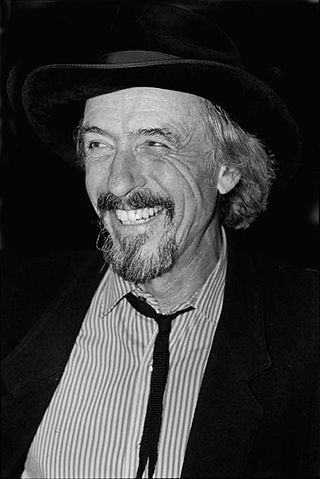
Arik Brauer was an Austrian painter, printmaker, poet, dancer, singer-songwriter, stage designer, architect, and academic teacher.
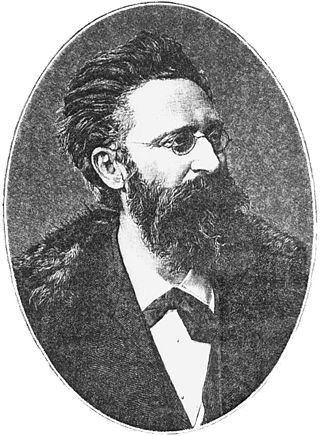
Moritz Thausing was an Austrian art historian, and counts among the founders of the Vienna School of Art History.
Ludwig Merwart was an influential Austrian painter and graphic artist. He is an important representative of Tachism and was a major force in graphic arts and prints, especially after World War II. His work belongs to the most significant and interesting contributions to graphic arts in Austria to this day.
Klaus Peter Brehmer, was a German painter, graphic artist and filmmaker. From 1971 to 1997 he was professor at the Hochschule für bildende Künste Hamburg.
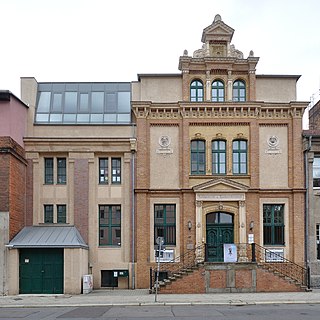
A Kunstgewerbeschule was a type of vocational arts school that existed in German-speaking countries from the mid-19th century. The term Werkkunstschule was also used for these schools. From the 1920s and after World War II, most of them either merged into universities or closed, although some continued until the 1970s.

Erwin Puchinger was a Viennese painter, illustrator, industrial designer and graphic artist. He was an influential figure in Viennese art in the fin-de-siecle. Puchinger was a part of the Austrian Jugendstil and Gesamtkunstwerk movements, which sought to erase the boundaries between fine art and applied art. Puchinger worked in London, Prague and Paris as well as Vienna and collaborated with other major figures in Viennese art and design such as Ernst and Gustav Klimt and Otto Prutscher. He was a respected art professor at the Graphic Arts Institute, where he taught for more than thirty years. His work was also part of the painting event in the art competition at the 1936 Summer Olympics.

Bernhard Cella is an Austrian artist and curator.

Richard Alfred Eugen Jettel was a painter, producing mainly landscapes. He was from Austria-Hungary. He studied at the Vienna Academy and moved to Paris in 1873, before moving back to Vienna in 1897 and serving as a co-founder of the Vienna Secession. He was made a Knight of the Légion d'honneur in 1898.
Hans Tichy was an Austrian artist and a professor at the Academy of Fine Arts, Vienna.

Felician Myrbach was an Austrian painter, graphic designer and illustrator. He was a founding member of the Vienna Secession and the director of the Applied Arts School in Vienna, and was instrumental in the creation of the Wiener Werkstätte.
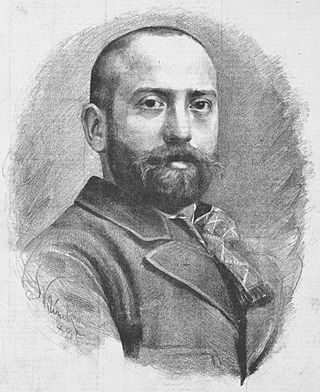
Vojtěch Adalbert Hynais was a Czech painter, designer and graphics artist. He designed the curtain of the Prague National Theatre, decorated a number of buildings in Prague and Vienna, and was a founding member of the Vienna Secession. He was made an Officer of the Légion d'honneur in 1924.
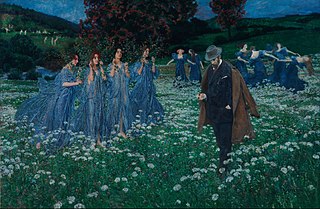
Maximilian Lenz was an Austrian painter, graphic artist and sculptor. Lenz was a founding member of the Vienna Secession; during his career's most important period, he was a Symbolist, but later his work became increasingly naturalistic. He worked in a variety of media, including oils, watercolours, lithography and metal reliefs.
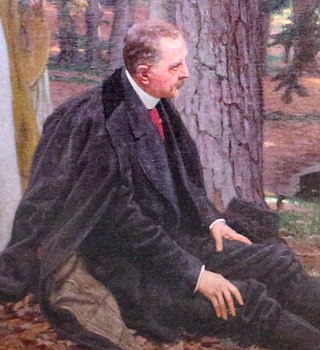
Friedrich König was an Austrian painter, illustrator and designer.

Hanns Diehl was an Austrian artist influential as the founder of Vienna's Künstlerbund Segantini (1921–1938).
Hildegard Joos was an Austrian painter and is known as the "Grande Dame" of geometric abstraction and constructivism in Austria.
Ignaz Eigner, also Ignác and Ignácz was an Austrian lithographer and painter.

Oskar Icha was an Austrian sculptor who specialized in reliefs.
Hugo Haberfeld, was an Austrian Jewish art dealer, who owned the Miethke Gallery in early 20th century Vienna. When Austria joined Nazi Germany in the 1938 Anschluss, Haberfeld fled to Paris.